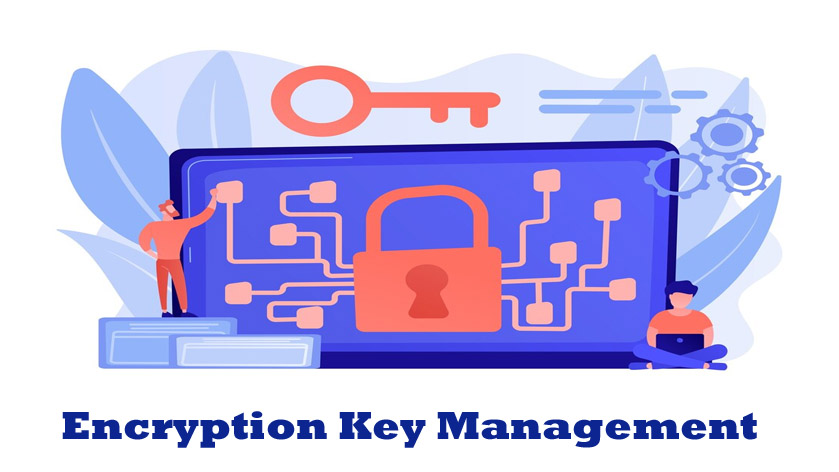Encryption key management is a process that uses different algorithms to encode data as cipher text. The ciphertext can only be helpful if the person or any application accessing the data has the data encryption management necessary to decode the ciphertext. And even if the data is accidentally shared or stolen, it will be protected due to this data encryption.
Controlling and keeping data encryption keys is vital to maintaining a good data encryption strategy because a cybercriminal can return encrypted data to its original unencrypted state. This can be possible with the help of an encryption key management system because it includes the generation, exchange, and replacement of encryption keys.
Encrypting key management is crucial to maintaining sensitive data’s integrity and confidentiality. It is essential to any robust security strategy and helps safeguard digital assets and maintain regular compliance.
It helps the organization to enable industry-specific regulations and data protection laws. This helps avoid penalties and maintain the trust of customers and stakeholders or investors.
Good encryption key management helps avoid risks related to unauthorized access data breaches and cyber-attacks. When you follow encryption practices, your organization will reduce data loss and finances.
Encryption key management is a cost-effective approach to protecting the company’s data. It is less than a data breach’s potential financial and reputational losses. This can seamlessly integrate with existing infrastructure, security solutions, and applications that provide a standardized approach to encryption key handling and ensure interoperability across the organization.
It helps verify data authenticity, which will help an organization ensure that no one alters the data during transmission. This helps in maintaining reliability and trust in the data. Overall, encryption key management is an excellent approach for any organization to secure data and control access and authorization. It also helps avoid fraud and data breaches.

